Vape oil is made up of chemicals that are then atomized to generate steam, so what are the chemicals? Let’s take a look today.

How many chemicals are in the vape? Consisting of nicotine, vegetable-derived glycerin, flavors and propylene glycol, nothing else is added.
nicotine
This is the culprit of addiction in cigarettes. In addition to addiction, it also damages the human central system, cardiovascular system, blood, etc., such as mild excitement, platelet aggregation, and blood pressure.
essence
The flavors used in e-cigarettes are generally edible, and the biggest risk of e-cigarette flavors lies in carbon fiber particles. At present, it is only possible to reduce the content of carbon fiber particles but not completely eliminate them. It should be pointed out that the carbon particles in cigarettes are much higher than those in e-cigarettes.
The potential risk of chemically synthesized flavors lies in the uncertainty of its use and ratio. Organic chemistry is not as highly precise as inorganic chemistry, and there are countless combinations of organic chemistry possible during reactions. No one knows whether a certain synthetic fragrance will have a chemical reaction with another fragrance to form an unknown substance, and whether this unknown substance will crack under heating conditions to generate other unknown substances or harmful substances. This is also the fundamental reason why various toxic substances can also be detected in the smoke of electronic cigarettes.
Therefore, there is a problem with the ratio of flavors, which is harmful to the human body. So if you want to buy e-cigarette oil, you must choose a regular one.
VG (Vegetable Glycerin, also known as Glycerol)
This is actually what we call glycerin, but if the purity of glycerin itself is high enough, it will basically not produce adverse reactions to the healthy human body. The entry threshold for e-cigarette oil factories is too low, resulting in uneven quality of glycerin used.
Excessive use of electronic cigarettes will cause a feeling of thirst, and in severe cases, oral ulcers will occur, which is caused by the strong water absorption of glycerin. This shortcoming needs to be solved by drinking more water.
PG (Propylene Glycol)
Propylene glycol is used as a flavor dissolving agent in e-liquids. If glycerin is too thick, it will make it difficult to dissolve the fragrance, and propylene glycol is the dissolution medium. However, it should be noted that inhaling large amounts of propylene glycol can cause irritation to the respiratory tract (kind of like a nicotine throat hit). Propylene glycol as a liquid can volatilize with the respiratory system, and the long-term effects of intermittent stimulation and then volatilization are still inconclusive in the medical community.
Taste-improving additives
Taste-improving additives make it smoother for the user to inhale, which is generally not dangerous. Different production batches, the taste will also change, and there are various objective reasons, such as stirring, heating, awakening, etc., will affect the taste of e-liquid, and it can be similar. More importantly, if you change the equipment and pump this oil again, the taste will definitely be different.
Summarize
There are a total of these chemicals in vape, most of which are edible, but everyone must choose regular e-liquid, so that the quality can be guaranteed.




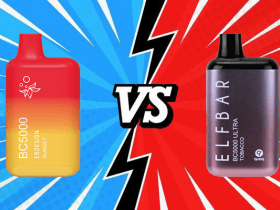



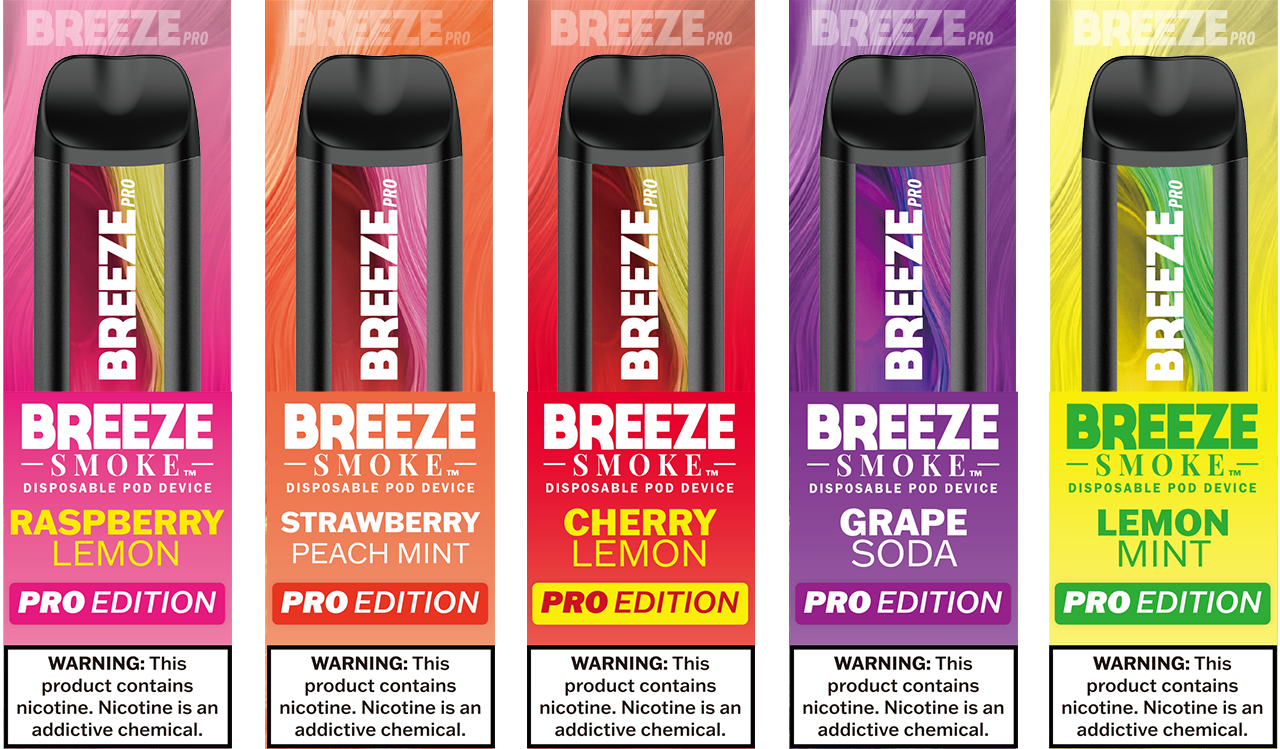


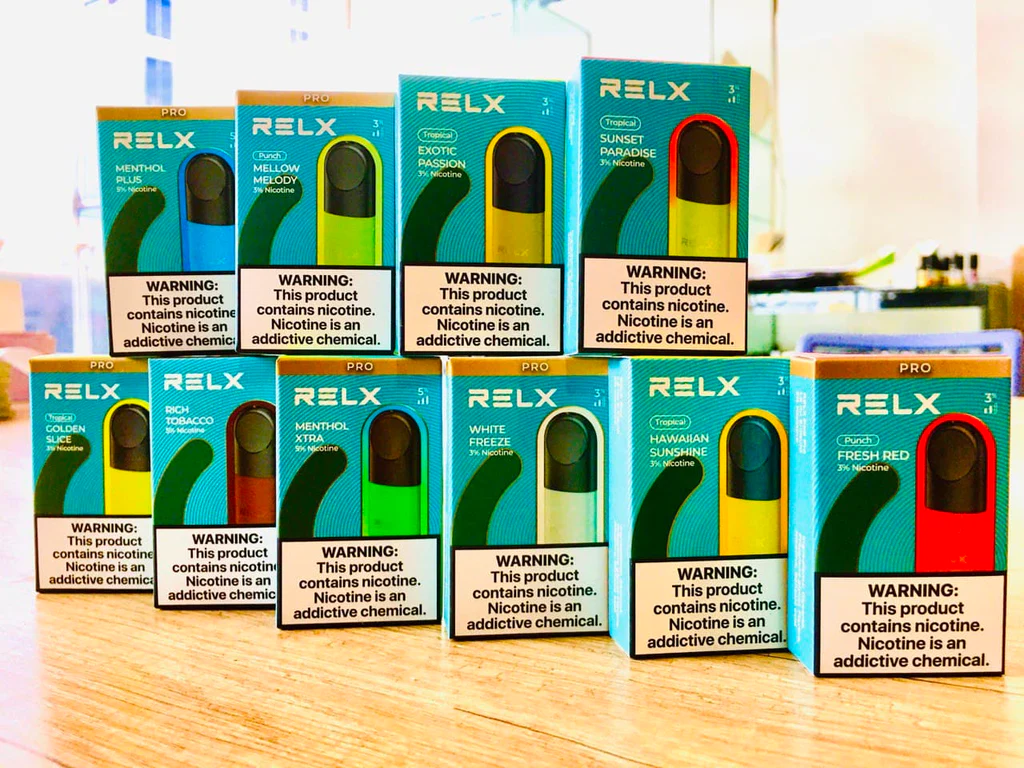
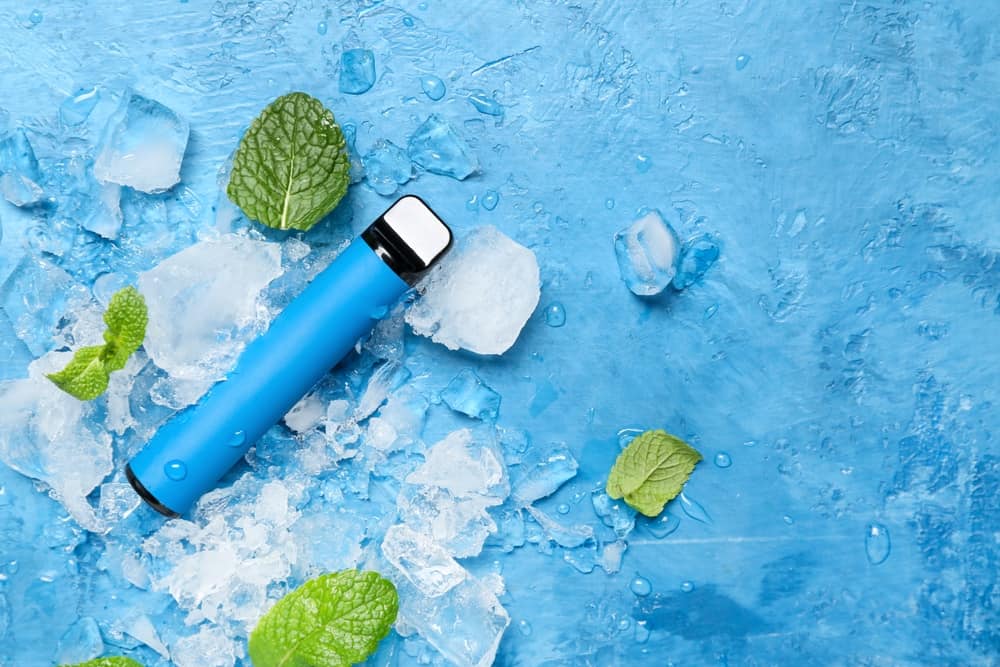


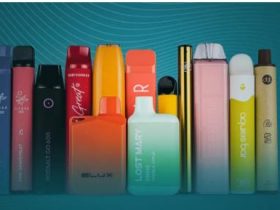

Leave a Reply